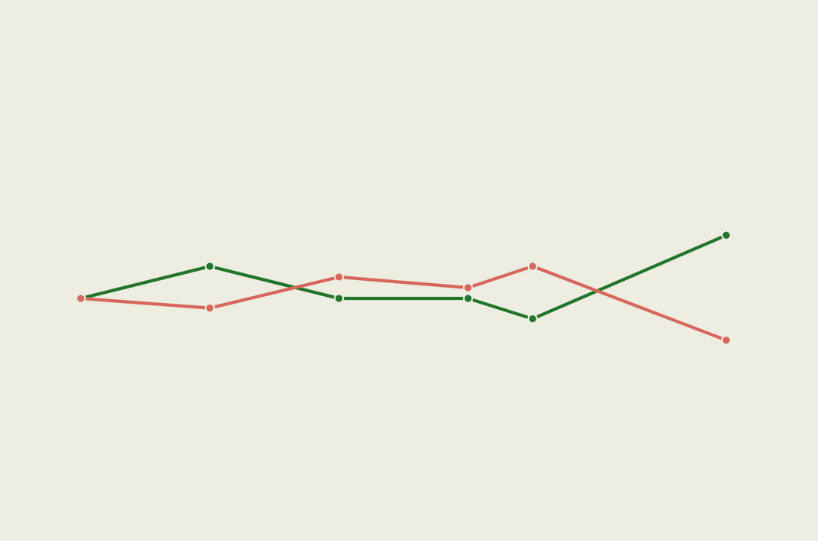Peru's President: Ollanta Humala's First Hundred Days
Peru's President: Ollanta Humala's First Hundred Days
The Peruvian president enjoys high approval ratings as the country’s economy keeps booming and his administration steps up social inclusion programs. His next test involves facing lingering challenges, such as corruption and social conflicts.
Come November 5, Ollanta Humala will mark his hundredth day as president of Peru. An unknown quantity when taking office, the former army officer has taken a largely centrist approach to governing, maintaining his predecessor Alan García’s free-market economic policy while expanding the government’s focus on social inclusion. And while a healthy economy means his administration can continue to fund its social programs, entrenched poverty, ongoing corruption, and narcotrafficking continue to pose challenges.
Taking the helm after winning his second attempt at the presidency, the former populist allayed fears of radical change in Peru’s governance by forming a moderate cabinet, including ministers that held posts during the prior administration. While the markets initially reacted with uncertainty to Humala’s election victory, the Peruvian economy quickly regained traction and expanded 7.5 percent in August of this year—a better-than-expected result that comes on the tail of 24 months of continuous growth for the Andean economy.
But Humala also seeks to make his mark by battling social inequity in a country where some feel that economic gains have not led to sufficient poverty reduction. One of the president’s first moves was to create the Ministry of Development and Social Inclusion, headed by Carolina Trivelli, an economist and expert on rural development. In an interview with the official government newspaper El Peruano, Trivelli said not a single citizen should be left in the margins of this administration’s social policy. Underscoring the new department’s practical approach, Trivelli said that it “will be a technical ministry,” adding that the government increased the budget for social inclusion programs by 50 percent since the creation of the new agency. Humala has also pledged pensions for Peruvians over 65, a minimum wage increase, and an expansion of cash-transfer programs for impoverished Peruvians.
In September, Humala inked the law of the Right to Previous Consultation for Indigenous Peoples and First Nations, making it a legal requirement to consult with native peoples on any extractive developments under consideration in their territories. The Guardian reports that this makes Peru the first Latin American country to fully implement the International Labor Organization’s Convention 169, which recognizes indigenous people’s land ownership rights and includes the right to prior consultation. The law represents a milestone in a country that experienced social unrest stemming from land ownership concerns. That unrest reached a violent climax during 2009 clashes in the Amazonian region of Bagua. In the wake of that conflict, the Peruvian Congress proposed the legislation, but García vetoed the bill, saying it would drive away investment. After taking office, Humala chose Bagua as a symbolic site to sign the law, arguing it would help attract investment by reducing social conflict. However, the law does not apply to already-approved projects; Reuters suggests that the law may not resolve the roughly 200 resource-related social conflicts still taking place across Peru.
With just over three months in office, Humala enjoys approval ratings that hover at around 62 percent. Still, there are challenges that lie ahead for his administration that could well outlast the honeymoon period. Corruption continues to be an issue in the country, with a recent scandal tainting Vice President Omar Chehade, who is under investigation for influence peddling. The administration has made it clear it is keen to battle corruption, as demonstrated by the recent purge of senior-level officers in a police force seen by many as historically corrupt. But some warn anti-corruption efforts must be stepped up, or economic growth will come under threat. Peru also recently surpassed Colombia as the world’s biggest producer of cocaine, with 45 percent of the country’s cultivation in the hands of rebel terrorist group Sendero Luminoso. A recent study presented in Lima suggests the government should declare drug trafficking a threat to national security.
Learn more:
- AS/COA will host its annual Lima conference November 4, titled “Peru: Responsible Investment and Social Inclusion.” Access the agenda and tune in to the live webcast.
- Presidency of Peru’s website.
- Ollanta Humala’s political biography on the Partido Nacionalista Peruano’s website.
- Follow Ollanta Humala on Twitter
- Watch a video and read a transcript of Humala’s remarks at AS/COA during the 2011 UN General Assembly.
- Read a Reuters Factbox on political risks to watch in light of Humala’s first 100 days in office.








